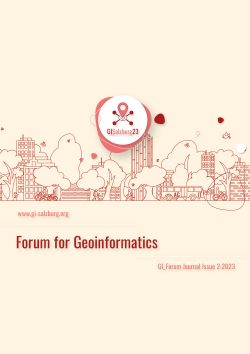
GI_Forum 2023, Volume 11, Issue 2, pp. 59-68, 2023/12/18

Snow avalanches threaten the safety of people and infrastructure, causing casualties and damage every year. Essential information about spatial distribution and size of avalanches, for mitigation measures, hazard mapping and forecasting, is currently incomplete. Long-term avalanche monitoring over large regions can best be achieved using a space-borne synthetic aperture radar (SAR) system, which offers broad, all-weather coverage, day and night, ensuring data continuity. This study aims to assess the applicability of Sentinel-1 SAR data to semi-automatically detect avalanche debris in the western part of the Italian southern Tyrol, using the snow-rich period of January 2018 as a reference. Utilizing SAR data, avalanche debris was detected by identifying changes in backscatter caused by the rough snow in the avalanche’s run-out zone. Change detection was performed by comparing post- and pre-event Sentinel-1 SAR images and unsupervised object-based classification. 79% of avalanches within the usable portions of the SAR images were correctly detected. Further investigation is required to assess the applicability of the proposed model on a regional scale.
Keywords: Sentinel-1 SAR, unsupervised object classification, change detection, avalanche debris